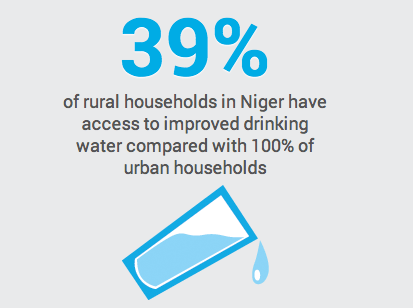UNICEF today released an impressive report which takes a deep dive into data and statistics that affect children worldwide.
The collective story this data tells is one of uneven progress for the world’s children. To be sure the needle is moving in the right direction overall, but the condition of the poorest children is improving far too slowly. Here are some key findings from the report:
– Some 90 million children who would have died before reaching the age of 5 if child mortality rates had stuck at their 1990 level have, instead, lived. In large measure, this is because of progress in delivering immunizations, health, and water and sanitation services.
– Improvements in nutrition have led to a 37 per cent drop in stunting since 1990.
– Primary school enrollment has increased, even in the least developed countries: Whereas in 1990 only 53 in 100 children in those countries gained school admission, by 2011 the number had improved to 81 in 100.
Still, there’s much, much more to be done.
– Some 6.6 million children under 5 years of age died in 2012, mostly from preventable causes, in violation of their fundamental right to survive and develop.
– Fifteen per cent of the world’s children are put to work that compromises their right to protection from economic exploitation and infringes on their right to learn and play.
– Eleven per cent of girls are married before they turn 15, jeopardizing their rights to health, education and protection.
And inequality is a huge problem.
– The world’s poorest children are nearly three (2.7) times less likely than the richest ones to have a skilled attendant at their birth, leaving them and their mothers at increased risk of birth-related complications.
– In The Niger, all urban households but only 39 per cent of rural households have access to safe drinking water.
– In Chad, for every 100 boys who enter secondary school, only 44 girls do – leaving them without an education and without protections and services that schools can provide.
The report’s index is where some of the key statistics, like immunization coverage percentage, under 5 mortality and access to primary education, are broken down for each country on the planet. How UNICEF collected all this data from around the world is a hugely impressive feat. The woman in charge explains how it’s done.
I strongly recommend reading the report and checking out some of the visual data presentations. As the report says,
“Data do not, of themselves, change the world. They make change possible – by identifying needs, supporting advocacy, and gauging progress. What matters most is that decision-makers use the data to make positive change, and that the data are available for children and communities to use in holding duty-bearers to account.”
That’s true. And UNICEF deserves a great deal of credit for putting all this data together.
